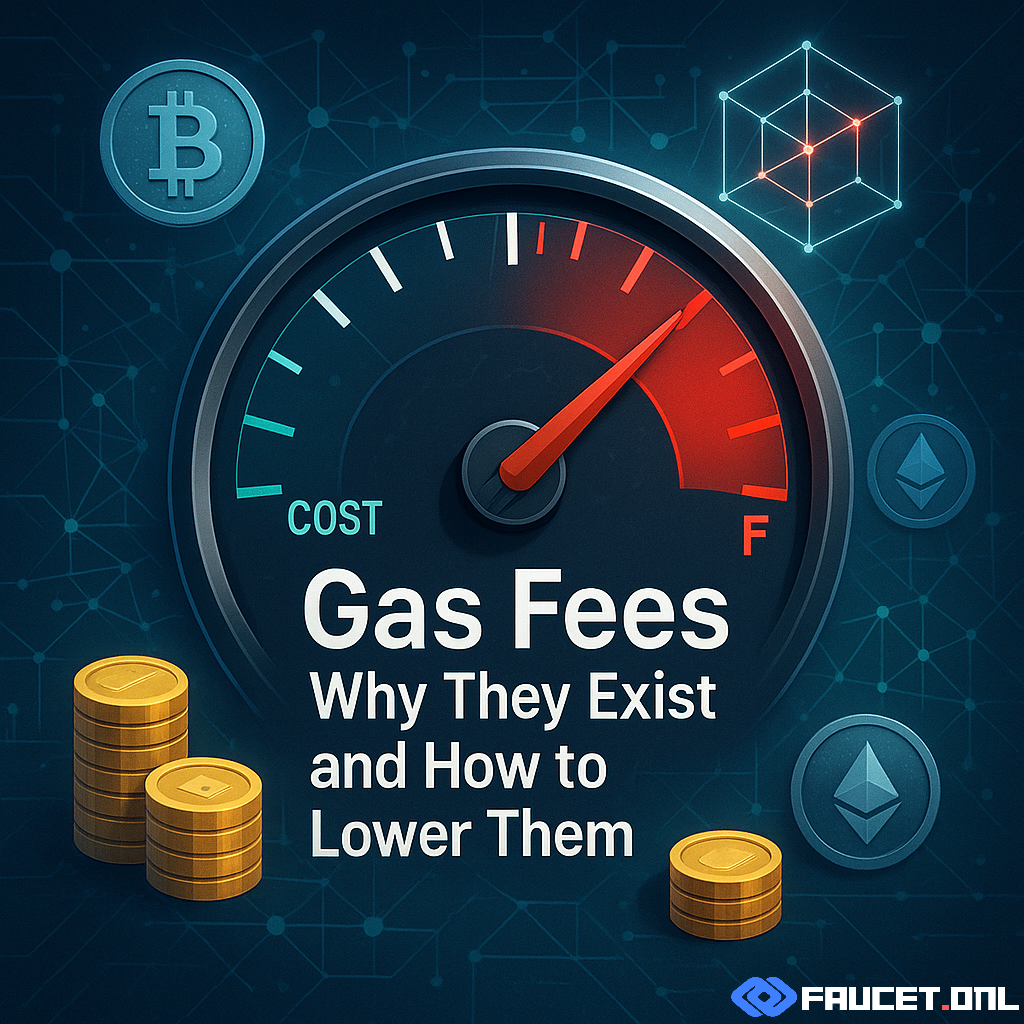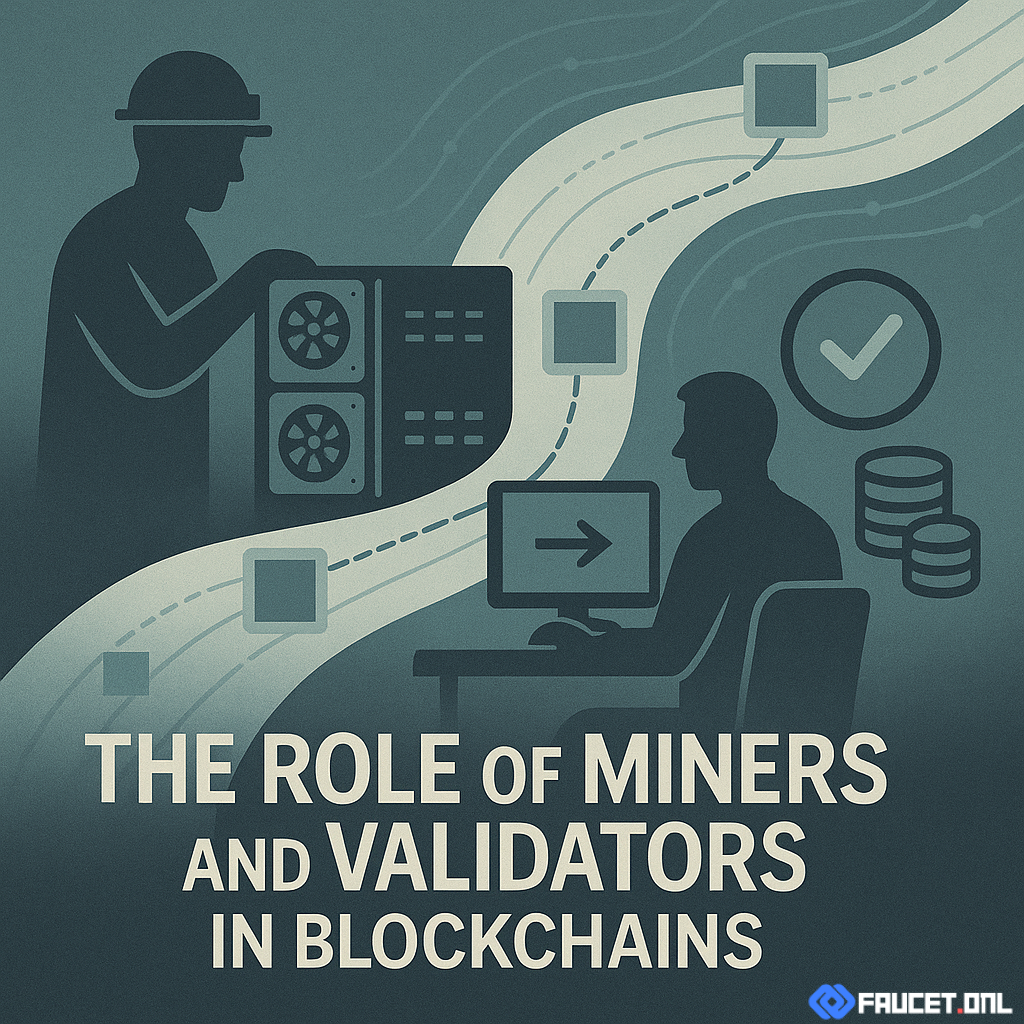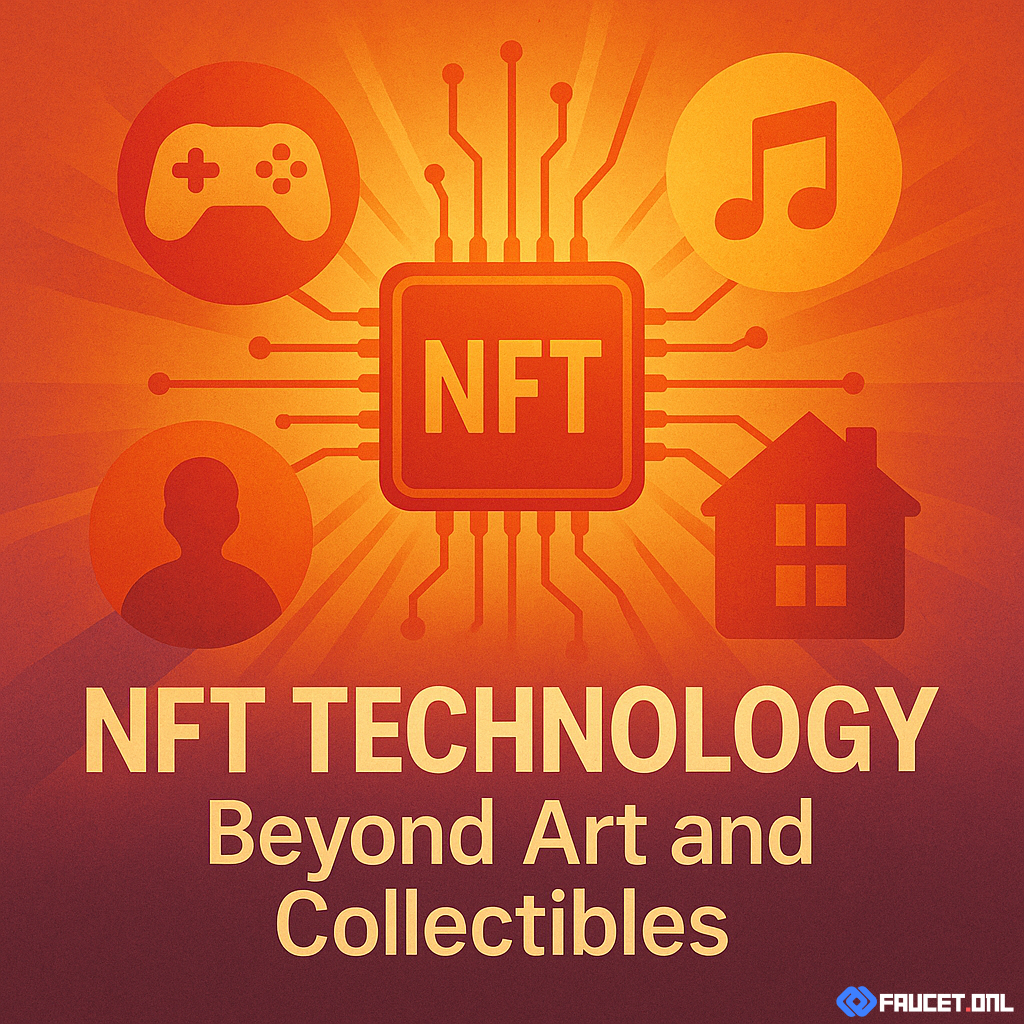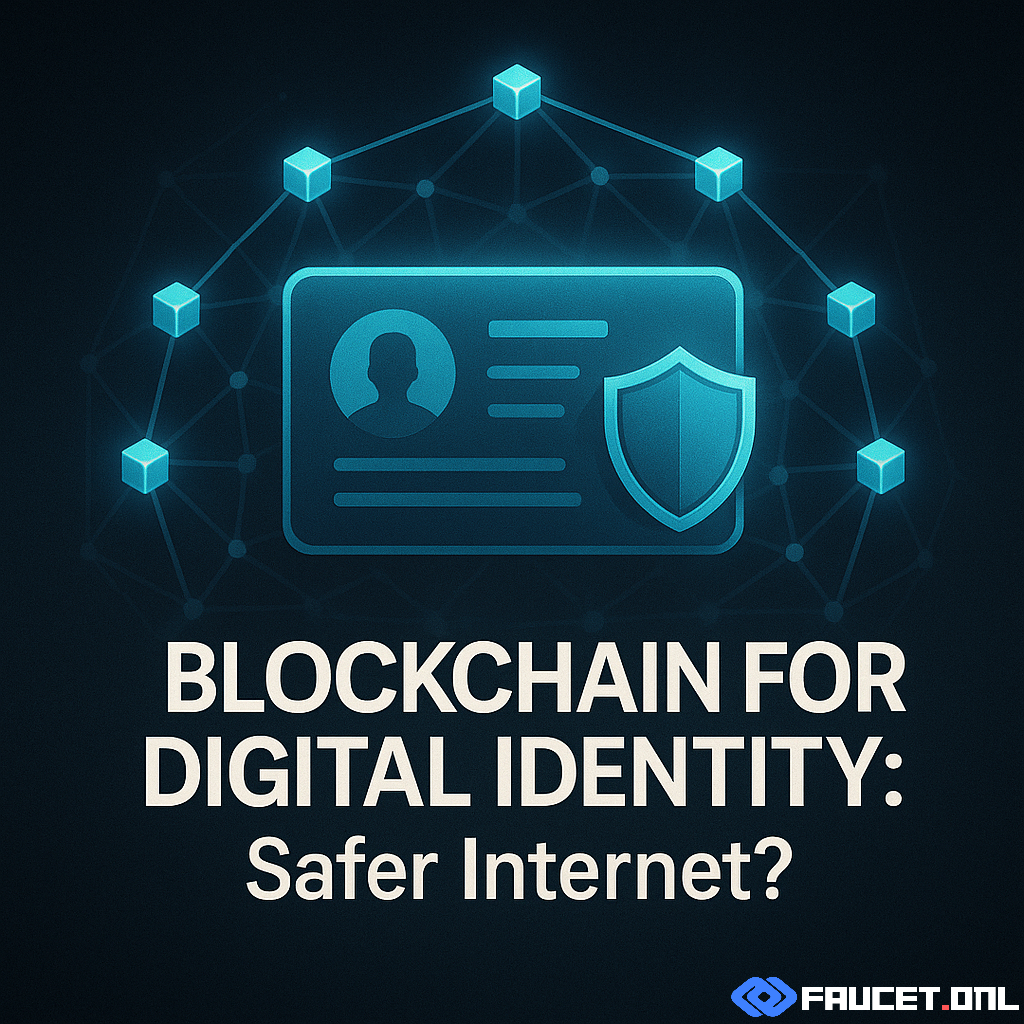What’s a Gas Fee?
If you’ve ever tried to send cryptocurrency or interact with a blockchain-based app, you’ve probably encountered something called a “gas fee.” Simply put, a gas fee is the cost required to perform a transaction or execute a smart contract on a blockchain network. On Ethereum, for example, gas is measured in “gwei,” a tiny fraction of ETH. Gas fees are dynamic, changing based on network demand, transaction complexity, and blockchain design.
Every operation on a blockchain—whether sending tokens, minting NFTs, or running DeFi protocols—requires computational work by network nodes. These nodes, often called validators or miners, are rewarded for this work through gas fees. Gas fees aren’t arbitrary; they ensure network resources are used efficiently and help prevent spam or malicious activity.
Key Points:
- Gas fees are payments to validators/miners for processing transactions.
- The cost depends on network congestion and the type of transaction.
- Different blockchains have different fee models (e.g., Ethereum, Solana, Bitcoin).
Why Do Gas Fees Exist?
Gas fees are fundamental to blockchain economics and security. Without fees, validators would have little incentive to process transactions, and malicious actors could easily overload the network with spam. By requiring a cost for every action, blockchains align incentives and protect themselves from abuse.
Gas fees also play a role in prioritizing transactions. When the network is busy, users who are willing to pay higher fees see their transactions processed faster. This market-driven approach helps maintain network health and ensures the most valuable transactions are included promptly.
Reasons for Gas Fees:
- Compensate network participants (validators/miners) for their work.
- Discourage spam and denial-of-service attacks.
- Regulate transaction order and priority based on willingness to pay.
How Can You Reduce Gas Fees?
While you can’t eliminate gas fees entirely, there are practical ways to reduce what you pay. Timing is key—fees are often highest during periods of network congestion, like NFT launches or popular token sales. Planning your transactions for off-peak hours can result in significant savings.
Another approach is to use blockchain networks with lower fees. While Ethereum is known for high gas costs, alternatives like Polygon, Solana, or Avalanche offer similar functionality with much cheaper transactions. Many DeFi protocols and NFT platforms now operate on these chains, giving users more affordable options.
Some wallets and dApps also offer fee optimization tools. These can suggest the lowest acceptable fee for your transaction or batch multiple transactions together to save on costs.
Strategies to Lower Fees:
- Transact during off-peak network hours.
- Use Layer 2 solutions or sidechains (e.g., Arbitrum, Optimism, Polygon).
- Leverage fee-optimization features in wallets and DeFi apps.
- Switch to blockchains with inherently lower fees for routine transactions.
Tools and Solutions for Managing Gas Fees
There’s a growing set of tools designed to help users monitor and reduce gas fees. Gas trackers, like Etherscan Gas Tracker, show real-time gas prices and recommend optimal times to transact. Fee estimator tools in popular wallets (like MetaMask or Rabby) can automatically select a suitable fee based on current network conditions.
Layer 2 solutions are a game-changer for many users. Platforms like Arbitrum and Optimism (for Ethereum) process transactions off-chain before settling them on the main network, resulting in dramatically lower fees. Many decentralized apps (dApps) now offer direct Layer 2 support, so users can seamlessly benefit from these savings.
Popular Tools:
- Etherscan Gas Tracker
- MetaMask fee estimator
- Layer 2 platforms: Arbitrum, Optimism, Polygon
- Cross-chain bridges for moving assets to lower-fee networks
Practical Tips to Avoid High Gas Fees
Even with tools and knowledge, it pays to be smart about your blockchain usage. Here are some quick tips for cost-conscious users:
- Check gas prices before confirming a transaction. Wait for lower periods if you can.
- Consider batching several small transfers into one larger transaction, when possible.
- Stay informed about network upgrades—some improvements (like Ethereum’s EIP-1559) have reduced average fees.
- Explore DeFi and NFT platforms that offer gas rebates or run on Layer 2 networks.
- Watch out for unnecessary smart contract interactions—each call can add extra cost.
By using these strategies, you can keep your costs under control and make blockchain technology more accessible.
Summary: Gas Fees Don’t Have to Be a Roadblock
Gas fees are an unavoidable part of blockchain, but with the right tools and know-how, you can minimize their impact. Whether you’re a casual crypto user or a DeFi power user, understanding how gas works, planning transactions, and leveraging modern tools can lead to significant savings. As the ecosystem evolves, new solutions will continue to emerge, making blockchain cheaper and more accessible for everyone.



